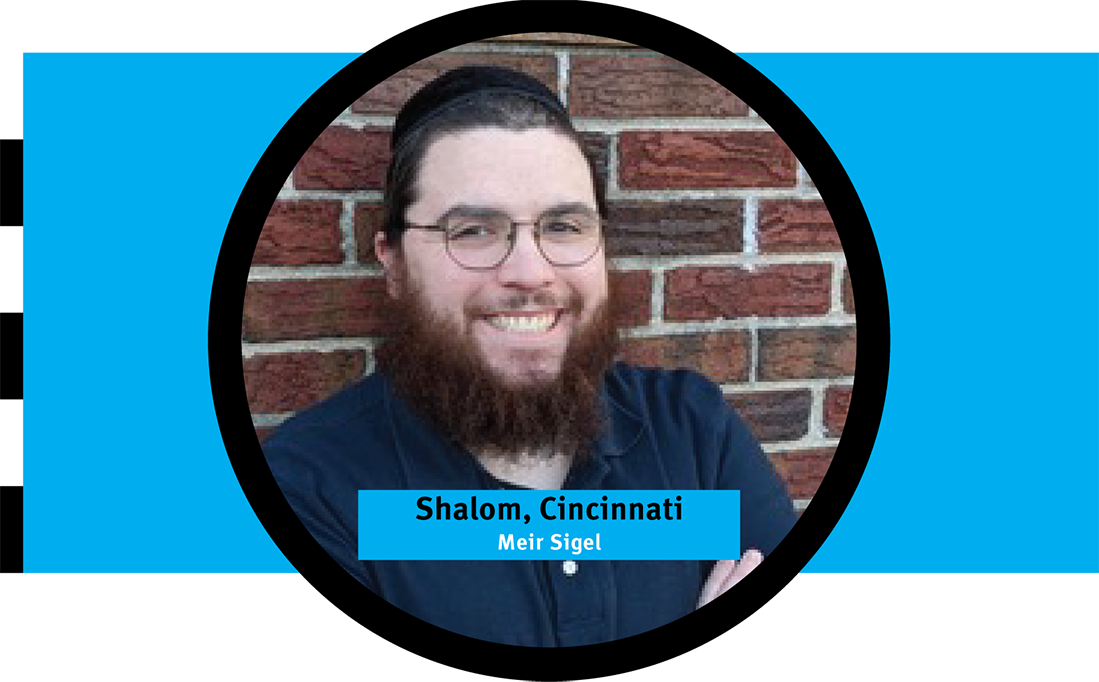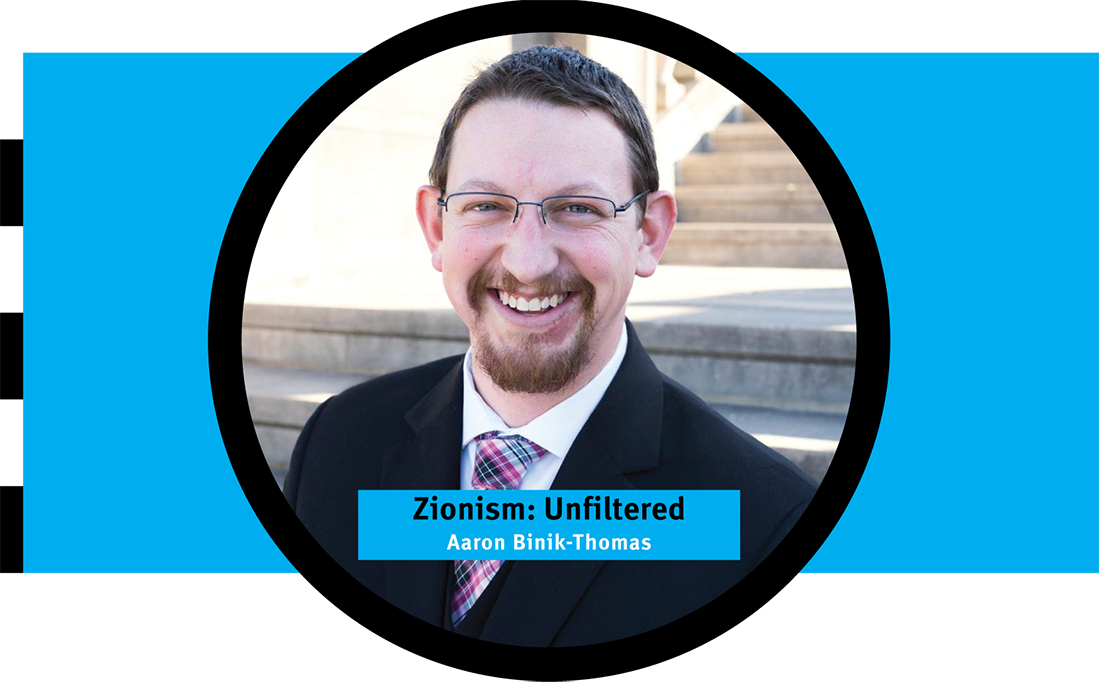Efrat, Israel – According to the way I show you the pattern of the Sanctuary and the pattern of its vessels, so shall you make them. (Exodus 25:9)
What is the real purpose of the Sanctuary — the forerunner of the Holy Temple — and its significance to Judaism and the Jewish people? Our question is a crucial one, especially when we take note of the fact that the last five of the eleven Torah portions of the book of Exodus deal with the details and precise architectural plans of the Sanctuary and its accoutrements. Moreover, for the desert generation, the Sanctuary was literally erected at the center of the formation of the tribes, symbolizing its place as the center of the Jewish people. Indeed, the Western Wall of the Temple, and even the Temple Mount itself, continue to inspire and excite Jews from all over the world as the foremost religious shrine of Israel reborn. Hence our understanding of the message of the Sanctuary will go a long way in helping us to understand the message of Judaism itself.
Nahmanides, noting that the commandment to build the Sanctuary directly follows the revelation at Sinai (the portion of Mishpatim is a continuation of the Ten Commandments, according to the Midrash), maintains that the very function of the Sanctuary was to continue the revelation, to build a central temple from which the divine voice would continue to emanate and direct the Israelites. Therefore, the very first aspect of the Sanctuary that the Bible describes is the ark cover, (aron), repository of the sacred tablets of stone, over which is the kapporet with its two cherubs. The Torah testifies in the name of God:
“And I shall meet with you there, and I shall tell you from above the kapporet, from between the two cherubs, which is on top of the ark of testimony, everything which I will command you [to communicate] to the children of Israel.” (Exodus 25:22)
Moses even reiterates this notion of an ongoing revelation when he reviews the historical event at Sinai in his farewell speech to the Israelites:
“God spoke these words to your entire assemblage from on the mountain amidst the fire, the cloud and the fog, a great voice which never ceases.” (Deuteronomy 5:19 and Onkelos ad loc.)
This is likewise emphasized in our classical blessing over the Torah:
“Blessed are You…Who has chosen us from all the nations and has given [past tense] us His Torah. Blessed are You O Lord who gives [present tense] the Torah.” (Siddur, Morning Service)
The place where the revelation continued was originally between the cherubs above the ark of the Sanctuary; it therefore is quite logical that throughout the Second Temple — in the absence of the sacred tablets and the gift of prophecy — the Great Sanhedrin, sage interpreters of God’s word for every generation, sat within the Holy Temple in the office of the “hewn stone” or the “decisions” (the Hebrew word “gazit” means to cut or decide, to chisel a stone or to decisively cut through a problem). It is after all the function of the Oral Torah to keep God’s word alive and relevant in every time and in every situation. Apparently Nahmanides would insist that the main purpose of the Sanctuary was to teach and inspire Israel and humanity with the eternal word of the divine. From this perspective, after the destruction of the Second Temple, it is the synagogues and the study houses — our central institutions of Torah reading, learning and interpretation — which are the legitimate heirs to the Sanctuary.
The mystical and Hassidic interpretations see in the Sanctuary another purpose altogether: the building of a home in which the Almighty and Israel (and ultimately, all of humanity) will dwell together. The revelation at Sinai symbolizes the betrothal-engagement between God and Israel, with the marriage contract being the tablets of stone, the biblical laws. The commandment to erect a Sanctuary enjoins us to build the nuptial house in which the Almighty “bridegroom” unites with His bride — Israel.
Hence, the accoutrements of the Sanctuary are an ark-closet (repository for the tablets), a menora-candelabrum and a table for the shewbread — the usual furnishings of a home — as well as an altar. Everyone knows that it is impossible to establish a family without every member being willing to sacrifice for another: each spouse for his or her partner, parents for children, and even children for the family unit. And if the Almighty created a world — albeit an incomplete, imperfect one — in which humanity can dwell, we Jews must create a more perfect Sanctuary so that God will feel more comfortable with us and be enabled to dwell in our midst here on earth.
From this perspective, the heir to the destroyed Holy Temples is the Jewish home, wherever it may be. It is because Judaism sees the home as the “mother of all religious institutions” that home-centered family ritual celebrations bear a striking parallel to the religious ritual of the Jerusalem Temple even to this day. The most obvious example of this is that mystical and magical evening known as the Passover seder, modeled upon the Pascal meal in Jerusalem during Temple times, when every parent becomes a teacher whose primary task is to convey — through songs, stories, explication of biblical passages and special foods — the most seminal experience in Jewish history: the Exodus from our Egyptian servitude.
And every Shabbat and festival meal is a mini-Passover seder. Even before the Friday sun begins to set, the mother of the family kindles the Shabbat lights, reminiscent of the priests’ first task each day: to light the menora. The blessing over the Kiddush wine reminds us of the wine libations accompanying most sacrifices, and the carefully braided ĥallot, loaves of bread, symbolize the twelve loaves of shewbread which were changed in the Temple every Friday just before dusk. Parents bless their children with the same priestly benediction with which the High Priest blessed the congregation in the Temple, and the ritual washing of the hands before partaking of the ĥalla parallels the hand ablutions of the priests before engaging in Temple service. The salt in which we dip the ĥalla before reciting the blessing over bread is based upon the biblical decree, “You shall place salt on all of your sacrifices” (Lev. 2:13), since salt, which is an external preservative, is symbolic of the indestructibility of God’s covenant with Israel. The songs that are sung and the Torah that is taught during a Friday night meal will hopefully further serve to transport the family participants to the singing of the Levites and the teachings of the priests in the Holy Temple. Such a Shabbat meal links the generations, making everyone feel part of the eternal people participating in an eternal conversation with the divine.
I believe that both views, the Sanctuary as continuing revelation, and the Sanctuary as the nuptial home between God and Israel, together express the fundamental significance of our Holy Temple.
Shabbat Shalom
Rabbi Shlomo Riskin
Founder & Rosh Yeshiva,
Ohr Torah Stone
Founding Rabbi of Efrat





